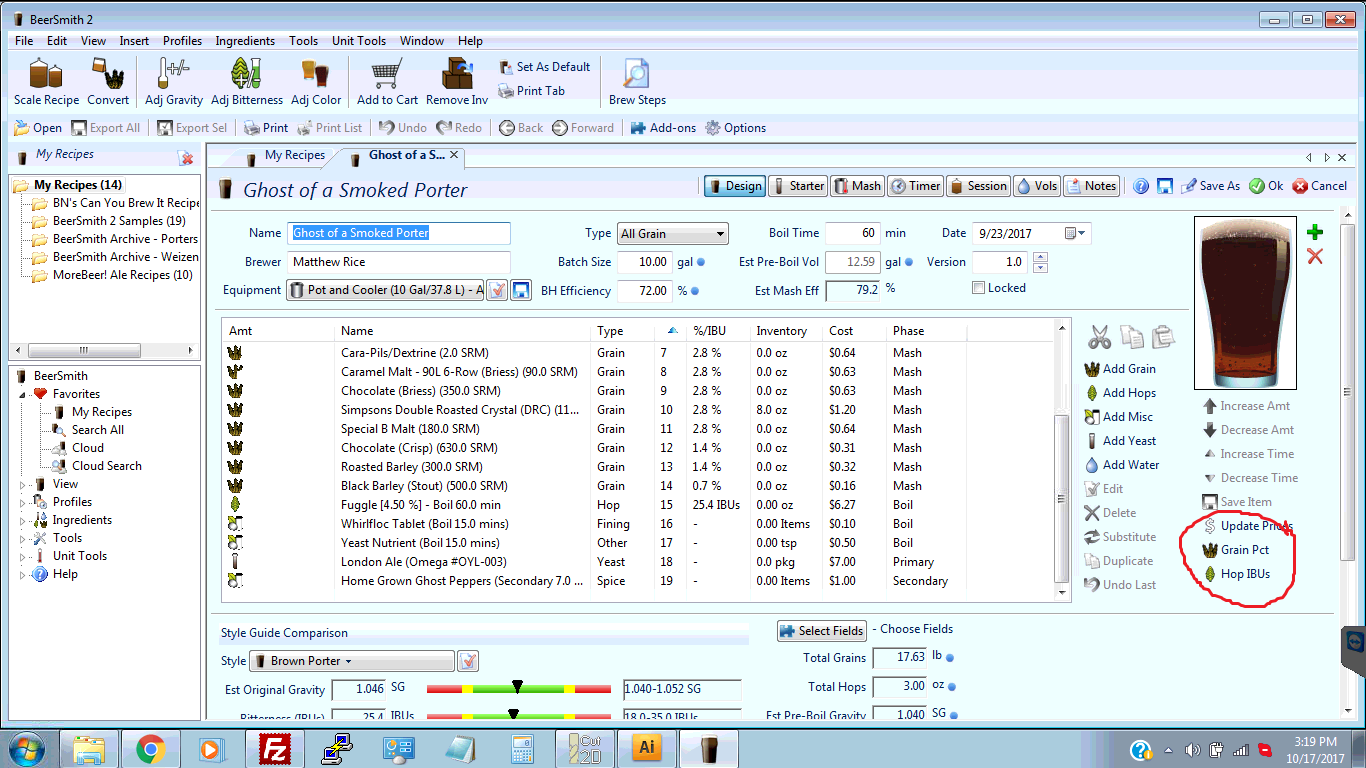In order to use percentages, you need to know the target OG of the recipe, plus your system's typical efficiency. Hopefully you have your efficiency and losses set up in software. Then it's just a matter of finding a total grain weight that results in matching the target OG.
Some software allows for scaling a recipe, which is a simple way to play with it until the OG works out. You could start with 10 lbs total, which makes it easy to plug in weights for things given percentages. The above would be:
8 lbs 2 Row
1.5 lbs Carafoam
0.5 lbs Cara 30
From there, see what the OG comes to. Scale the recipe up or down til OG matches your target. Personally, I prefer to use a total grain weight and percentages to configure my recipes, rather than individual ingredient weights. I have created a custom spreadsheet to do that since none of the available software does what I want.










![Craft A Brew - Safale S-04 Dry Yeast - Fermentis - English Ale Dry Yeast - For English and American Ales and Hard Apple Ciders - Ingredients for Home Brewing - Beer Making Supplies - [1 Pack]](https://m.media-amazon.com/images/I/41fVGNh6JfL._SL500_.jpg)

















































